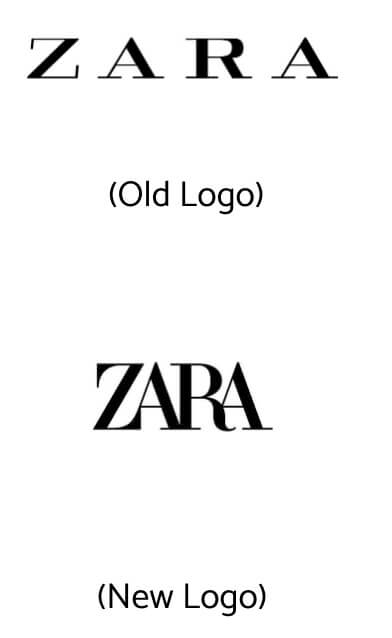Marketing used to be a one-way broadcast message, from brands to consumers. That was until the digital wave and social media came into the picture, and interactive marketing became the norm.
If you are a diligent and competent marketer, you should know by now that marketing has become a two-way channel. For any campaign or tactic to work, it must be based on an interactive communication model.
What changed?
The rise of social media changed marketing, cementing a trend into a norm and forcing marketing teams everywhere to think from an interactive point of view. Before social media, people were unable to voice their opinions or comments while watching advertisements and marketing campaigns.
Enter Facebook
When Facebook launched its platform, billions if not millions of people began spending a huge portion of their time on it, interacting with their friends and family. Advertisers followed the consumers to the platform and attempted to launch similar strategies, with less effective results.
Instead, campaigns were more successful when they focused on the social aspects or raised discussion points amongst the audience on social media.
For instance, the ALS Ice Bucket Challenge brought about an increase in tenfold of awareness and donations via a ‘friend referral’ system (social aspect). It generated heaps of discussions and interactions and anchored a turning point for marketing campaigns worldwide.
In fact, generating interactions is one of the ways to give your brand a huge boost on social media, based on their new algorithms.
P.S. For game-changing interactive marketing campaigns, approach a top-notch digital agency to get the job done.
So, how should I do this?
For all your marketing campaigns going forward, it’s time to include an interactive perspective. Here are three ways how to craft interactive marketing campaigns:
Ask A Meaningful or Thought-Provoking Question
If you want to encourage interactions, the first and simplest step is to ask them a question. Not just any question, but something that invokes thought and stirs emotions, enough for the audience to want to respond.
By anchoring your branding campaign on a meaningful question, your strategy and tactic will follow suit to invoke responses from the target audience.
Link the questions to your brand to leave a more lasting impression with your interactive marketing campaign.
User-Generated Content
To get responses from your audience, the best way is to ask. This is the next best thing: ask for their ideas and content.
By running a campaign to get user-generated content, you are able to leverage on the social aspect of it and allow your target audience to shape your brand to be more personal and approachable.
You could ask for submissions for your upcoming product’s name, or flavours, or even the look and feel of it.
The aim is to feature good submissions and show your audience that you are not just a business, but an approachable brand.
Gamification
The most interactive element of them all, games are capable of capturing the audience’s attention for long stretches at a time.
Create a fun and interactive game centred around your brand’s product and services. It doesn’t have to be a convoluted or complicated mechanic, such as these great gamification examples.
Tie in your brand with the game, or be forgotten amidst the fun they’re having. Also, having rewards and prizes as carrots are extremely effective in this scenario as well.
Keep up with the norm and create interactive marketing campaigns from this point on for effective marketing campaigns.
If you’re finding it difficult to craft one, approach a digital agency that specialises in creating meaningful interactions.
Table of Contents
What changed?
So, how should I do this?
Ask A Meaningful or Thought-Provoking Question
User-Generated Content
Gamification











